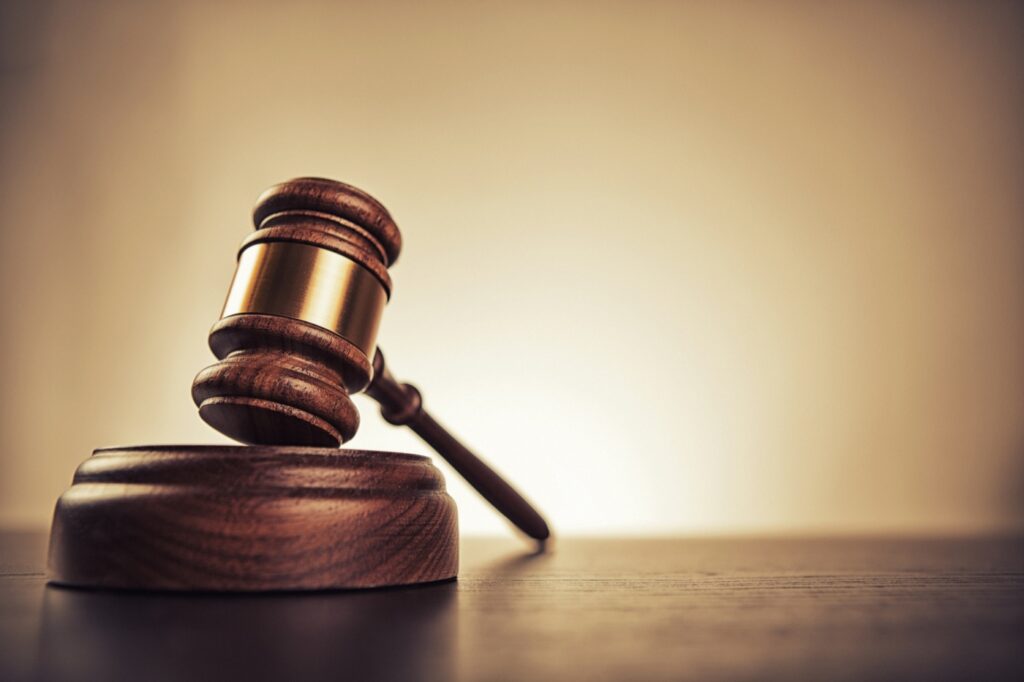
Q: If I go to a baseball game and get injured by a foul ball, do I have a claim?
B.K., Hawthorne
Ron Sokol
A: The “baseball rule” has been around a long time. It derives from the assumption of risk doctrine, which provides that a party against whom a claim is made can assert the defense that the injured party knew an activity was risky, the risks are common knowledge, and therefore assumed the harm that arose. Examples of such activities include skiing and boxing (after all, you know you may well get hurt). Baseball stadium owners were found to have a limited duty to provide screened seats for spectators. Fans were said to have a level of responsibility to avoid harm from foul balls.
Baseball has changed, however, including in both intensity and speed of play. Now, a decision has recently been rendered by a California Court of Appeal (in Mayes v. La Sierra University) that reversed summary judgment in favor of La Sierra University, where a spectator was injured by a foul ball while watching a college baseball game.
Research indicates Ms. Mayes sustained skull fractures and brain damage, among other injuries, after being struck by a foul ball. She was seated in a grassy area along the third base line, behind the dugout, in an area where there was no protective netting. Mayes has argued negligence against La Sierra on various bases, including a lack of protective netting in the subject area, and that La Sierra knew or reasonably should have known the standard of care called for safety netting there.
The outcome of the case has not been reached. La Sierra points out that since 2009, there have been no reported incidents of this nature and that there was portable seating available that allowed spectators to set-up their own seating.
Bottom line, the baseball rule may gradually be eroding (perhaps for good reason), but each case invariably will be determined based on its own circumstances.
Related Articles
Is an independent medical exam really independent? Ask the lawyer
Is it legal to chop down a tree in California? Ask the lawyer
When does a threat go too far? Ask the lawyer
What is the law on revenge porn? Ask the lawyer
Q: We had a lot of fun on go-karts, but had to sign a release of liability beforehand. Just how far does that kind of release go?
D.H., Northridge
A: A waiver of liability is often enforceable if: (a) drafted correctly, (b) it is explicit as to what is covered, (c) is legible and readily visible, and (d) does not seek to shield the party from conduct that, in fact, is not protectible. It is one thing, for example, to assume a risk of getting hurt if you drive the go-kart improperly; quite another if it turns out there is a mechanical defect with the go-kart that should have been addressed beforehand, and is why you were injured.
Ron Sokol has been a practicing attorney for over 35 years, and has also served many times as a judge pro tem, mediator, and arbitrator. It is important to keep in mind that this column presents a summary of the law, and is not to be treated or considered legal advice, let alone a substitute for actual consultation with a qualified professional.
